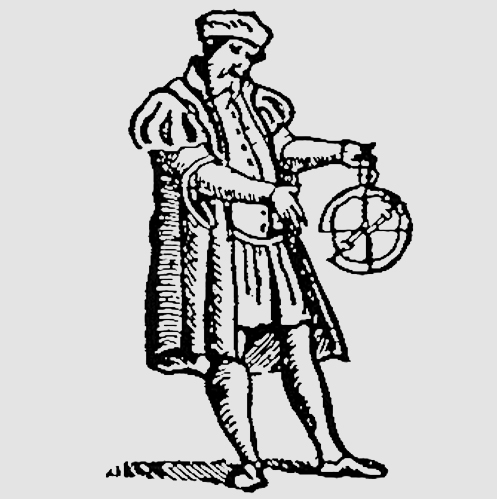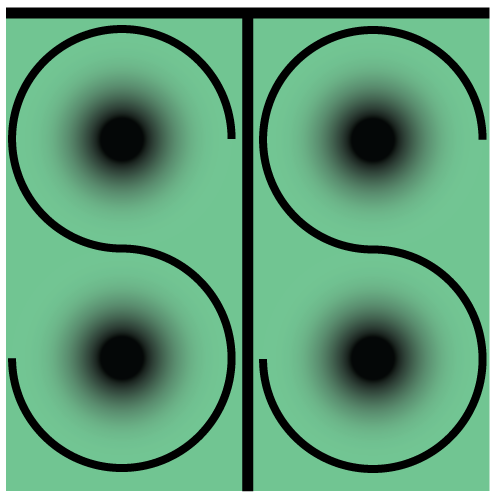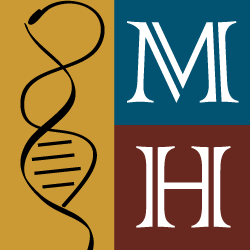Date/Time
Thursday
20 Oct 2016
4:00 pm - 5:30 pm
Location
470 Stephens Hall
Event Type
Colloquium
Carla Lois
Professor at the University of Buenos Aires, Autonomous University of Entre Rios Researcher, National Scientific and Technical Research Council
This talk focuses on the history of geographical thought and historical mapping processes in Latin American history. By the beginning of the Nineteenth century, after the rupture of colonial bonds between the Latin American colonies and the Spanish metropolis, South America became a renewed object of interest for European investors, scientists, statisticians, politicians andt radesmen. This interest mobilized various practices, among them, the publication of works that described, measured and showed the potential of Latin America: accounts of voyages, geographical descriptions, statistical studies, botanical catalogues, and also atlases.
In that period, the geographical atlas, a collection of maps assembled in relation to an overall scheme that aimed for thoroughness and completeness, typically organized images and textual descriptions according to kingdoms, countries, and other political units. But the Latin American revolutions radically modified the political map and turned the region into a constantly changing puzzle of states. The geographical atlases published in Europe during the first half of the nineteenth century dealt with that political disorder by trying to fit it into the framework of the relatively stable world inherent to the spirit of the genre: the political tableau suggested by the atlases imposed a framework of stabilization onto a world in revolution by projecting the cartographical-political categories that ordered and explained the geography in the Old World (borders, toponyms, models of territorial organization) onto the New World.
This talk draws attention to the network of atlases and political maps (printed in Europe, and in in the United States, but circulating in the Atlantic world) through which the geographic uncertainties caused by Latin American revolutions would be visible.
Additional sponsorship comes from: CSTMS




